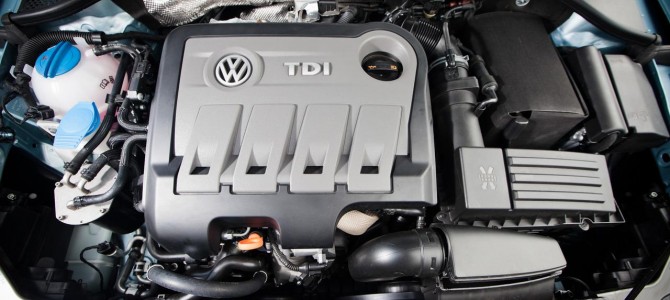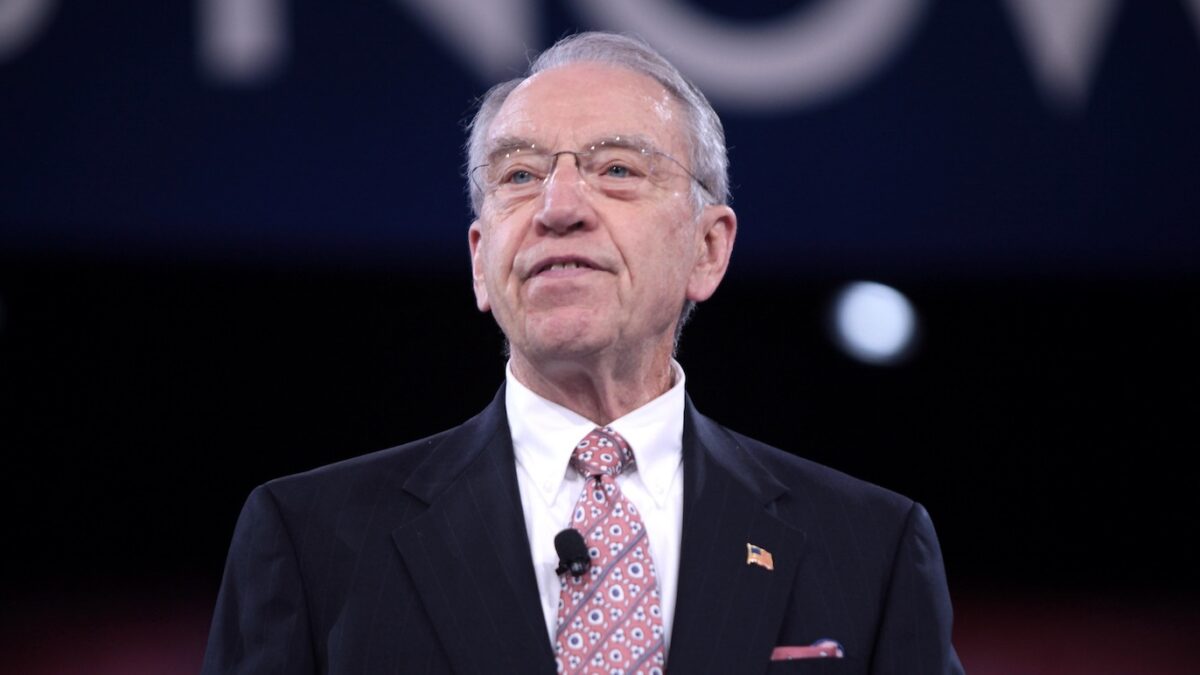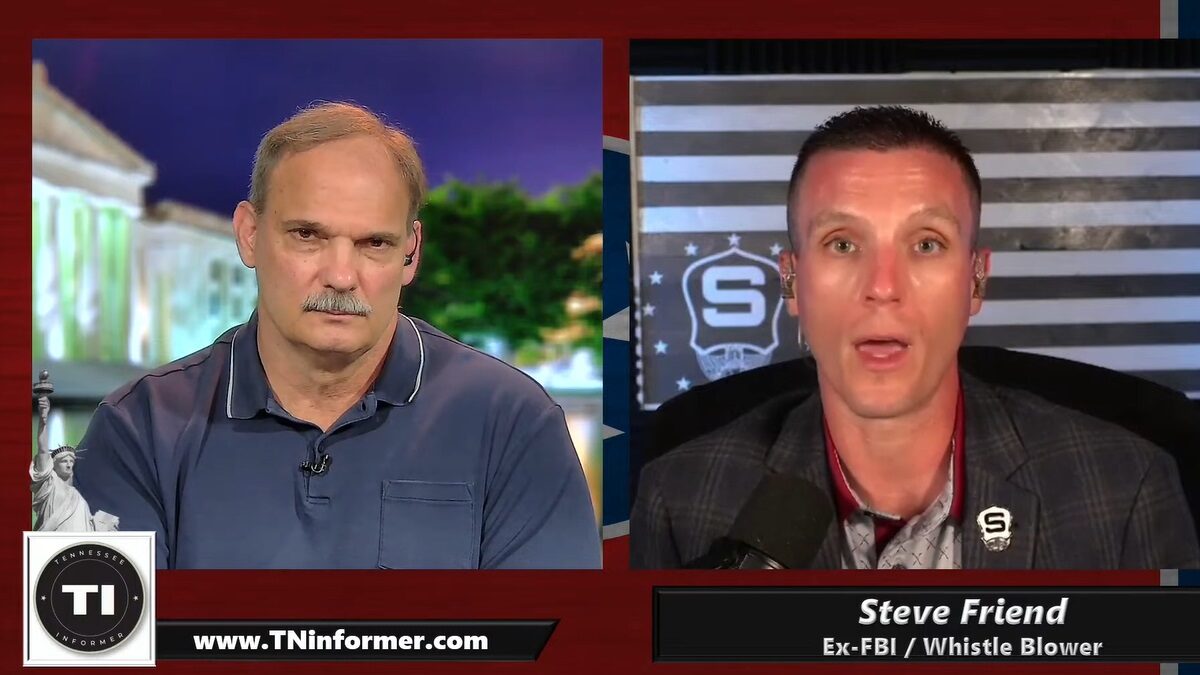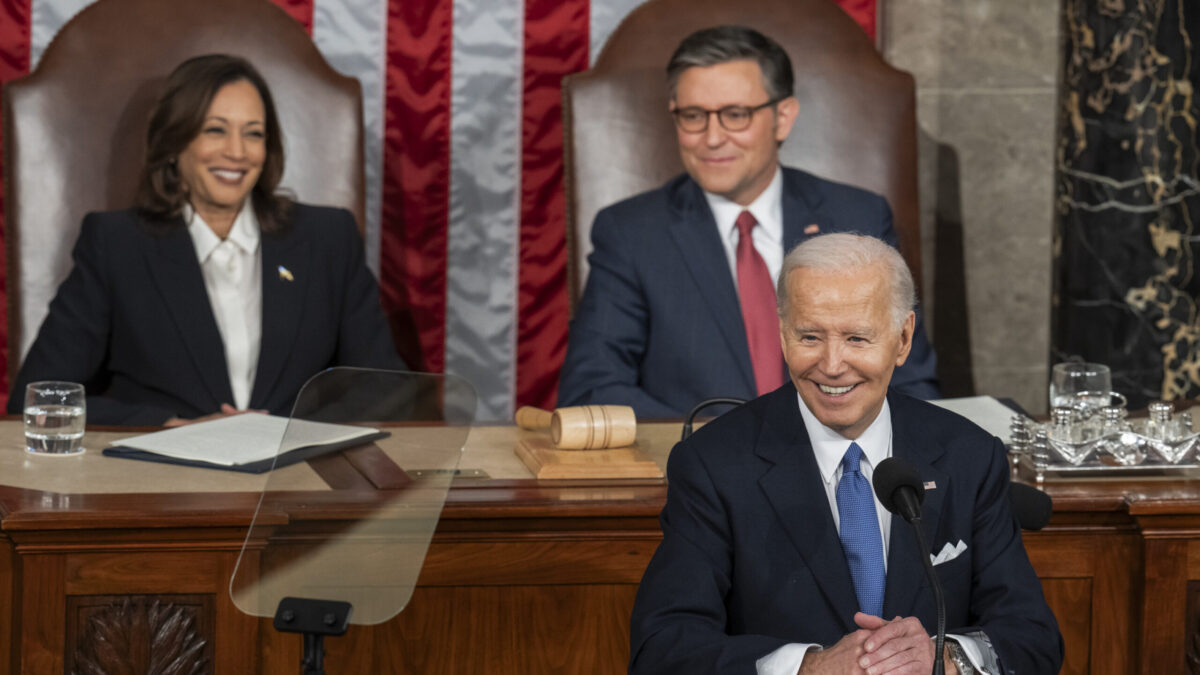
Volkswagen’s bombshell admission that it cheated on US emissions testing has become the latest in a string of auto industry scandals, joining Toyota’s “sudden unintended acceleration” (SUA), Takata’s exploding airbags and GM’s fatal ignition switch defect in the industry’s rapidly-expanding hall of shame. In the face of such apparently rampant criminality, politicians, regulators and the media have found that automakers make for excellent moral punching bags: an ideal opportunity to burnish one’s one moral credentials at the expense of an industry whose recent actions can hardly be defended.
But within this seemingly monolithic wave of automotive malfeasance are critical distinctions–between the different scandals themselves and in terms of their broader political and regulatory contexts–that are often lost in the rush to self-satisfied judgement. When fully understood, these details help illustrate an emerging reality that is every bit as troubling as the possibility that auto executives have suddenly lost their moral compasses en masse.
A Fateful Crash
The first of this wave of automotive scandals, the panic over “sudden unintended acceleration” (SUA) in Toyotas, hit the mainstream in the summer of 2009 when an off-duty California Highway Patrol officer crashed a loaner Lexus ES350, killing himself and three other family members. You can listen to the dramatic 911 call made from the car shortly before the crash indicated that the car had accelerated out of the control of even a police officer trained in high-speed vehicle handling.
That fateful crash captured the public’s imagination, and by early 2010, Toyota was recalling every component it thought could possibly be linked to the baffling and terrifying problem. What nobody seemed to remember at the time was the fact that Audi had been accused of the same problem in the 1980s, and that a similar panic had turned out to be caused by “pedal misapplication”: drivers stepping on the gas when they meant to brake.
Into this brewing panic stepped US regulators, politicians and media, who were all-too-eager to capitalize on Toyota’s inability to keep its cars from accelerating out of control. Secretary of Transportation Ray LaHood told nervous Toyota owners to “stop driving their cars” and vowed to “hold Toyota’s feet to the fire,” before walking back the statement under criticism. Congress proceeded to pile on with a series of laughable hearings, in which heavy-handed criticisms of Toyota’s handling of the “defect” was supported by witness testimony that was either wholly biased (in the case of a safety advocate who had a contract with lawyers who were suing Toyota) or utterly defied basic mechanical realities (in the case of a woman who claimed that shifting her Toyota into neutral and even reverse at highway speeds had failed to stop her runaway Toyota).
Even though Toyota refused to blame customers and took full responsibility for its slowness to react to the problem, the outraged political and regulatory response quickly collapsed under the weight of its obvious overreach. Wild-eyed theories about “tin whiskers,” “spaghetti code” and even cosmic rays eventually fell apart as well, when NHTSA and NASA investigators concluded that, once again, “pedal misapplication” was the main culprit.
When Government As Stakeholder Targets Competition
As tempting as it is to believe that mere ineptitude or historical illiteracy explained LaHood and his congressional allies’ stunning (and predictable) overreach, another factor can not be ignored: the trumped-up panic occurred at a time when the U.S. government was a major shareholder in General Motors and Chrysler, both of which had lost huge amounts of market share to Toyota over the course of their decades-long decline. Having bailed out the two failed automakers on remarkably generous terms less than a year earlier, the Obama administration’s decision to lead a vicious attack on Detroit’s most feared competitor would have been unseemly even if the charges had not been as obviously baseless as they turned out to be. But the American public simply did not want to believe that the bailout would be followed up with such blatant ongoing political support, and the episode ended up fading into ignominy after Toyota paid a then-record $66 million in fines to the Department of Transportation.
The Toyota debacle received an extra frisson of suspicion when the FBI raided the U.S. offices of three Toyota suppliers in the midst of hearings. This turned out to be unrelated to the Toyota SUA case, however, and instead marked the opening salvo of an investigation into price-fixing at mostly Japanese auto suppliers. The investigation, which is still ongoing, has generated charges against 55 individual executives, settlements from 37 firms and a staggering $2.6 billion in federal fines.
In stark contrast to the Detroit automakers, who were infamous for bankrupting their suppliers, Japanese automakers and suppliers have long cultivated cooperative relationships that have been recognized as one of the keys to the Japanese auto industry’s relative success. This made them easy targets for investigators, who allege that their collusion led to 25 million vehicles being overpriced since 1990. Other nations have also investigated supplier price-fixing and the vast majority of firms have admitted guilt in settlements, but in the wake of the bailout and Toyota witch hunt, the move came across as yet another calculated assault on the foreign auto industry.
Even as the Department of Justice went after Japanese suppliers for overcharging, the case of the airbag maker Takata was just beginning to demonstrate that the exact opposite problem was far more of a safety threat. Takata’s airbags had won massive market share thanks to their low cost, but suddenly its airbags began to explode rather than deploy, hurling shrapnel into the faces of drivers they were supposed to keep safe. After countless recalls, several congressional hearings and indications that cost-cutting led the firm to use volatile propellants and low-cost factories, the exact causes of the defect are still not entirely clear. Takata’s hesitance to cooperate with regulators and its inability to build replacement airbags fast enough to perform a full national recall have given NHTSA the opportunity to publicly lambast the supplier; its more than million-dollar fine is likely just the beginning.
But given the horrific nature of the deaths and injuries it has caused, as well as the fact that those deaths appear to have been caused by cost-cutting, Takata’s treatment raises the question: which is worse, a Japanese auto supplier that overcharges all its customers, or a Japanese auto supplier who kills a few customers because its prices were too good to be true? For a Japanese auto industry that has profited immensely in the US and invested heavily in US manufacturing, the land of opportunity was beginning to look like a no-win proposition.
Safety Wasn’t The Priority
Had the Obama administration really believed that the auto industry simply needed tighter regulation, all this might have made a certain amount of sense. But the statistics hardly bore out that analysis, as on-road deaths had been in steady decline since the 1970s, and the vast majority of those are caused by driver error, not manufacturing defects. And the next automotive scandal to pop up proved that safety regulation wasn’t always their consistent top priority, even in the face of unprecedented malfeasance.
In January of 2014, President Obama took a moment out of his state of the union address to celebrate an automotive guest of honor: freshly minted General Motors CEO Mary Barra. For Obama, Barra represented a two-fer: not only was her presence an opportunity to boast about his decision to “save Detroit,” the fact that she was the first female CEO of a major automaker helped Obama make the case that his rescue had imbued the industrial giant with a new spirit of equality and meritocracy. But less than a month later, Barra announced that GM would begin recalling vehicles with an ignition switch that had been turning off vehicles and disabling airbags for a decade, with fatal results.
Like Toyota’s and Takata’s leaders, Barra was called to appear in front of several congressional hearings even as her firm expanded its recall on an almost daily basis. Her first performance was so comically evasive that Saturday Night Live lampooned the proceedings in a hilarious opening skit. By the time she was called back to Capitol Hill, however, Barra was better prepared: she promised an “independent review” by Anton Valukas, and deflected the most challenging questions by saying Valukas’s findings would provide the answers about how her company operated that she could or would not. The gambit worked remarkably well, allowing her to avoid questions that she should have been able to answer as a more than 30-year veteran of GM, and ultimately keeping responsibility for the defect out of the firm’s executive suite.
Barra fired 15 employees for their roles in the scandal, but refused to state that they would not receive severance pay, which strongly suggested that they had. This, along with her symbolic power as a representative of “The New GM,” allowed her to insist that GM was acting with transparency and accountability even as they clearly were not. The Valukas Report was taken as gospel, by representatives and the media alike, with few questioning the fact that GM had an ongoing business relationship with Valukas’s firm, Jenner and Block. And when the Department of Justice announced GM’s settlement of criminal charges, it cited the Valukas Report as evidence of GM’s “cooperation” which justified its sweetheart deal. Though GM had admitted that its decade-old defect had caused 124 deaths and hundreds more injuries, no individual executives were charged, the firm paid just $900 million in fines, and deferred prosecution kept GM from becoming a corporate criminal.
Even better for GM, the DOJ appeared to be playing along with the firm’s communications strategy by helping bury its announcements: the first news of criminal charges came just before the Memorial Day weekend, and the final announcement came on a day when the entire business media was fixated on a crucial Federal Reserve meeting.
A Clear Double Standard
The contrast between GM’s generous treatment at the hands of authorities and the media and the brutal attacks on Toyota were enough to demonstrate a double-standard. For its non-defect, officially linked to zero deaths, Toyota paid $1.2 billion and received universal opprobrium from regulators and congress. For its decade-old defect, which it admitted had killed or injured nearly 400 Americans, GM paid just $900 million and received praise from prosecutors and the media for its cooperation and accountability.
If the Obama administration’s interventions in the auto industry were backed by some higher moral purpose than supporting the automakers it had bailed out, it’s obviously not a principle that involves the intrinsic value of human life. Indeed, by praising GM’s Valukas Report cover-up tactic and cutting the firm a deal for its “cooperation,” prosecutors have set a precedent that invites auto executives to purchase absolution from its own lawyers in order to lower the cost of government fines.
The EPA And Volkswagen’s Sins
Into this muddled moral environment comes the latest scandal: Volkswagen’s emissions test cheating. Emissions testing is a complex subject, and the line between cheating and mere “gaming” of the EPA test is extremely vague: Hyundai-Kia, Mini, Mercedes and Ford have all had to restate their “official” MPG numbers in recent years after consumers complained that they had gamed testing so effectively that real-world efficiency didn’t approach what the government said it was supposed to. But of those, only Hyundai-Kia was forced to pay a fine ($300 million); the rest were able to blame “calculation errors” and restate their numbers without penalty. Though VW has admitted to crossing the line into actual cheating on the test, it was never actually caught by the EPA. Instead, the regulator confronted VW with evidence from a third-party test and demanded it admit its guilt or face the unilateral decertification of all its diesel vehicles.
VW’s concession to this tactic has resulted in a level of public outcry and potential regulatory and legal repercussions that easily rivals GM’s, despite the fact that not a single death or injury has been tied to the scandal. The EPA is threatening a fine that is capped at a whopping $18 billion, NHTSA’s Administrator has lambasted VW’s leadership for its lack of “accountability,” and prosecutors are wading into the fray armed with a new anti-white-collar-crime mandate that just happened to not be ready in time for GM’s scandal.
Even Hillary Clinton, who has publicly praised Barra and uttered not a peep about GM’s lethal scandal, has weighed in on the VW story with a tweet that argues“When companies put profits ahead of safety and the environment, there should be consequences.” Once again, those who supported the GM and Chrysler bailouts appear ready to perform whatever moral gymnastics are necessary to absolve or ignore the sins of their favored firms while slamming competitors for far less consequential crimes.
None of this absolves wrongdoing itself: having admitted that it actively deceived regulators, VW should pay a price. But it’s important to remember that the firm was coerced by the EPA into admitting its guilt on the strength of testing sponsored by an NGO whose previous tests showed that nearly every diesel car in the EU fails to meet the Euro 6 NOx emission standard in real world driving.
The revelation that diesels don’t actually comply with an EU standard that is lower than the US standard didn’t shock anyone, VW’s admission of actively cheating did. But has the EPA also threatened GM, Ford, Fiat Chrysler or any of the other manufacturers who sell diesel vehicles with instant decertification? If not, and there’s no indication that they have, there’s literally no way for them to know if other firms have committed the very crime VW has now admitted to.
Is Killing People Worse Than Emissions Cheating?
Once again we are confronted with an incredibly selective moral outrage aimed at a single, targeted automaker. Only this time, the difference is that the total lack of moral outrage about GM’s serial killer-eclipsing death count is still ringing in our ears. With this inconsistent tone being set by top regulators and politicians, the media is eagerly embracing the narrative that somehow VW’s crime is worse than GM’s because it is a “sin of commission,” as opposed to GM’s alleged “crime of omission.”
With our sense of moral clarity so muddled by the Obama administration’s various adventures in auto industry protectionism-by-regulatory-scandal, the public no longer seems able even to accept the modest proposition that killing people is worse than cheating on an emissions testing regime that invites gaming and abuse both in theory and practice.
The real tragedy of all this is that even the sacrifice of our very morality won’t be enough to return fallen American icons like GM to their long-lost glory. Excusing these firms’ safety, quality, cultural and moral failings will only exacerbate the sense of entitlement that led them to Washington, D.C., hat in hand, rather than face bankruptcy like everyone else does. The fateful decision to reward mismanagement has trapped the Obama administration into a cascading moral failure, in which those firms whose success at serving American consumers present a threat to our automotive wards of the state must be attacked. Working against the market is a well-known way to incur negative economic outcomes, but what we’re beginning to learn is that it’s also an incredibly effective way to lose touch with our most basic sense of morality.









